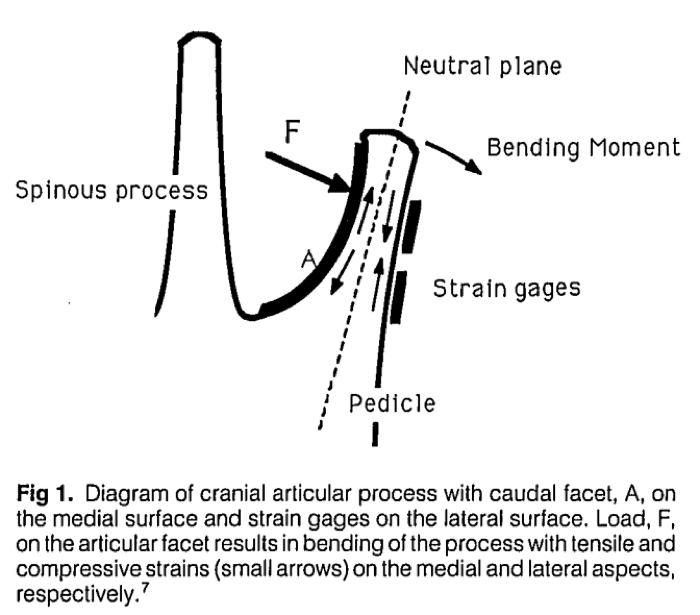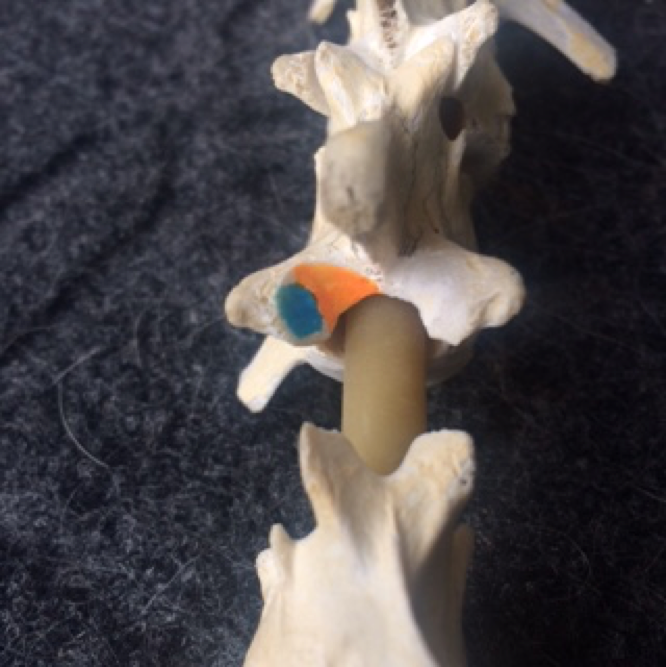Laurie's Blogs.
Feb 2018
Sit Pretty... ugh, not again!
By Laurie Edge-Hughes, BScPT, MAnimSt (Animal Physiotherapy), CAFCI, CCRT
Oh, my goodness, here we go again! I do not understand why folks want so much to love this exercise, despite good arguments and evidence to the contrary.
Okay, so if you don’t know what’s going on. Almost a year ago, I wrote a blog entitled Stop Sitting Pretty! – Expanded Viewpoint! And I took a lot of heat for coming forth to say that I disliked this exercise and why I disliked the exercise. I used 6 references to back up my thoughts, and some fairly well-thought-out arguments as well.
http://www.fourleg.com/Blog/290/Stop-Sitting-Pretty!----Expanded-Viewpoint!
But let’s just start with the promulgated myth that Sit Pretty is the best core exercise out there. No research has been shown to back that up. None. To make that claim, someone would have had to have done the research and compared that exercise to other exercises, and recorded muscle activation during said exercises and long term clinical findings with use of said exercise(s) (i.e. sporting function, longevity, etc.) It’s not been done. NOTHING on core conditioning in the dog has been researched!
My concerns lie in anatomy. Dogs don’t have an iliolumbar ligament or a sacrospinous ligament in the lumbar spine, or lateral spinal ligaments (i.e. superior costotransverse ligament) in the thorax to help them stabilize their bodies while in an upright position. That’s fairly fundamental. I also used an argument that the facet joints could get bashed into extension, which could lead to damage to the joints and/or contribute to long term instability (see the original article.) Essentially, with excessive extension, the facet joints develop expanded / increased facet joint surfaces caudally and ventrally, effectively turning their facet joints into ‘ball and socket’ joints (the kind of joints that would NEED more ligamentous support). Which is why the next part matters…
The latest argument uses a paper from 1992 by Butterman & colleagues to say that Sitting Erect does not increase forces on the facet joints. Let’s take a closer look at that article.
First off, where they measured the facet joint strain was at the medial/lateral sides of the joint (not the ventral or caudal components… the areas that other researchers tell us are where the excessive extension forces are directed (Breit, 2002).
The first picture is from the journal article itself. The second picture is from my spine model. The blue area is the ‘side’ of the facet joint (essentially, where the Butterman research tested for forces on the facet joint), and the orange part is where I have concerns (the ventral and caudal parts of the joint). THOSE are the areas, that I believe sit pretty impacts. Those are the areas where excessive extension or ventral forces are imparted.


The next area to discuss is that the Butterman research described their sitting erect as the dog being held in this position (allowing front legs to be supported), and that in this static position, the forces on the sides of the facet joints were only 15 – 80 Newtons of pressure. However, when they asked the dog to stand erect (with the forelimbs supported to get into position but then releasing support when they took the measurement) then the forces were 160 – 185 N. So, an erect position, without forelimb support, resulted in the highest loading of the lateral aspect of the facet joints. So, if you are not providing support for your dog’s forelimbs, you can expect that higher than 15 – 80 N of force are going through the sides (with no reporting of the caudal and ventral regions) of the facet joints.
All in all, this paper does nothing to quell my concerns about the safety of this exercise. In fact, delving into it deeper, gives me greater reason for concern! Why do I have to love Sit Pretty as an exercise anyways? Bottom line for me is, I don’t!
PS... revisting a previous blog - here are some functional alternatives:
http://www.fourleg.com/Blog/291/Functional-alternative-exercises-for-the-core
References:
- Breit S. Functional adaptations of facet geometry in the canine thoracolumbar and lumbar spine Th10 – L6. Ann Anat 184: 379 – 385, 2002.
- Buttermann et al. In vivo facet joint loading of the canine lumbar spine. Spine, 17(1): 81-92, 1992.
- Evans & deLahunta. Miller’s Anatomy of the Dog, 4th Edition. Elsevier, St Louis, MO, 2013.
- Jiang et al. A comparison of spinal ligaments – differences between bipeds and quadrupeds. J Anat 187: 85-89, 1995.
- Gregory et al. The canine sacroiliac joint. Preliminary study of anatomy, histopathology and biomechanics Spine 11(10): 1044-1048, 1986.


